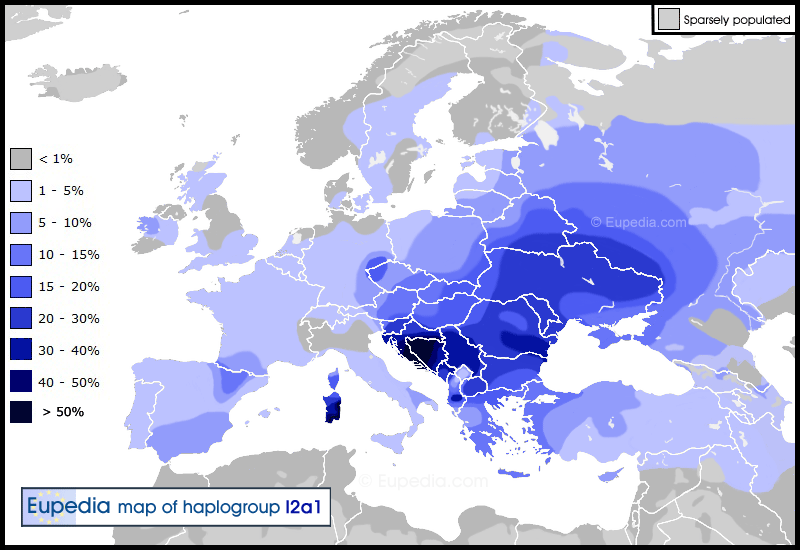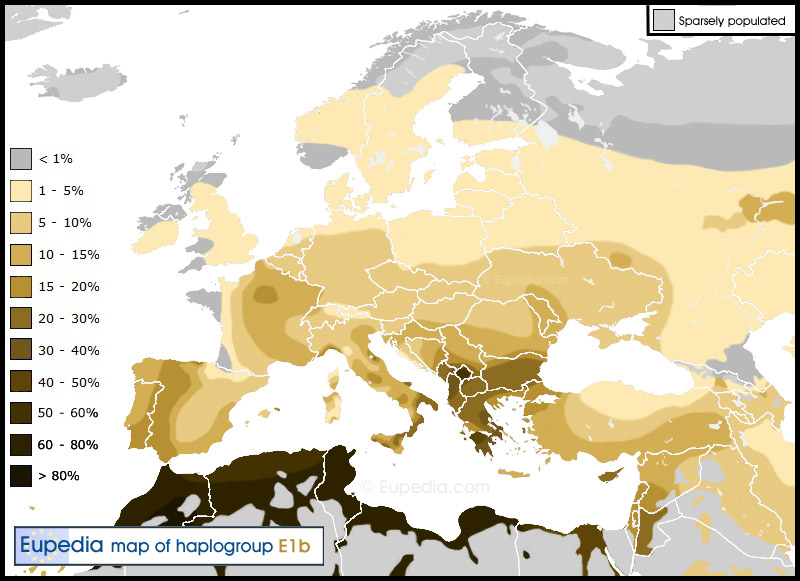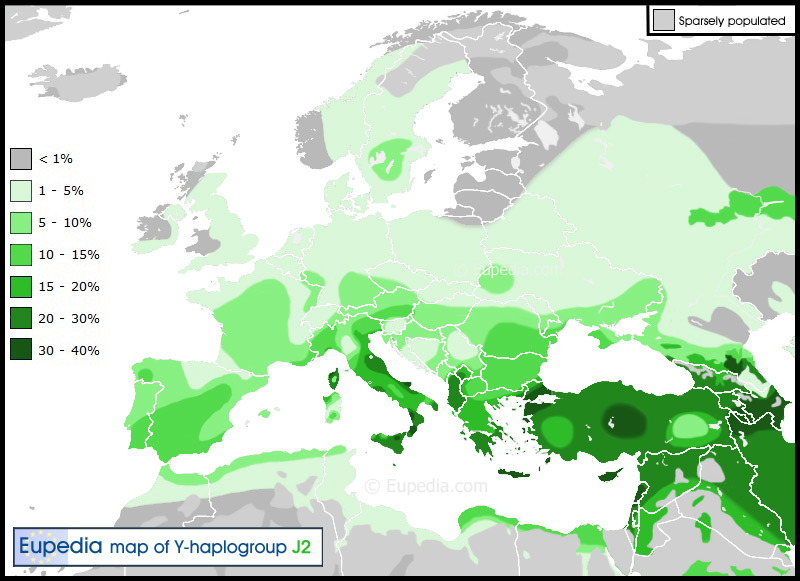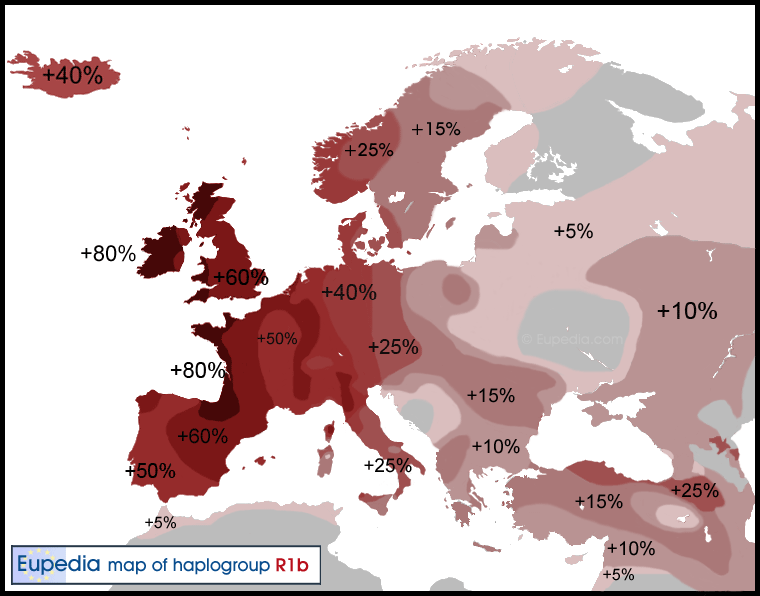Here, too, is the Hercynian Forest,15 and also the tribes of the Suevi, some of which dwell inside the forest, as, for instance, the tribes of the Coldui,16 in whose territory is Boihaemum,17 the domain of Marabodus, the place whither he caused to migrate, not only several other peoples, but in particular the Marcomanni, his fellow-tribesmen; for after his return from Rome this man, who before had been only a private citizen, was placed in charge of the affairs of state, for, as a youth he had been at Rome and had enjoyed the favor of Augustus, and on his return he took the rulership and acquired, in addition to the peoples aforementioned, the Lugii (a large tribe), the Zumi, the Butones, the Mugilones, the Sibini,18 and also the Semnones, a large tribe of the Suevi themselves. However, while some of the tribes of the Suevi dwell inside the forest, as I was saying, others dwell outside of it, and have a common boundary with the Getae.19 Now as for the tribe of the Suevi,20 it is the largest, for it extends from the Rhenus to the Albis;












